

Respiratory Syncytial Virus (RSV) is a common viral infection that affects the respiratory tract, particularly in infants, young children and older adults. While many cases are mild, RSV can lead to severe complications such as pneumonia (lung infections) and bronchiolitis(inflammation of the small airways in the lungs).
This is especially prevalent in high-risk groups, such as people with heart and lung conditions or weak immune systems (immunocompromised). In developed countries, approximately 470,000 persons aged 60 and older are hospitalised due to RSV. Approximately 7% of hospitalisations lead to death.

RSV symptoms can range from mild to severe and usually appear within 4 to 6 days after exposure.
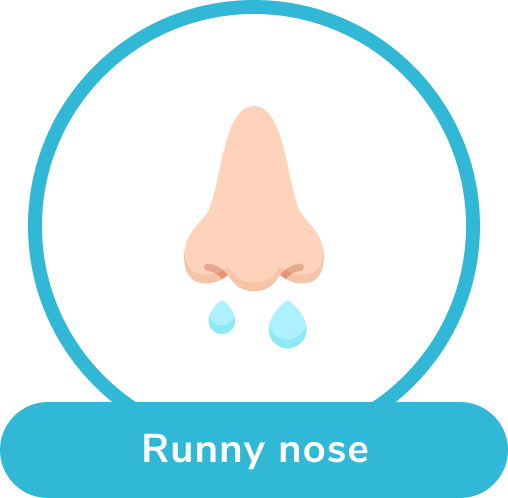
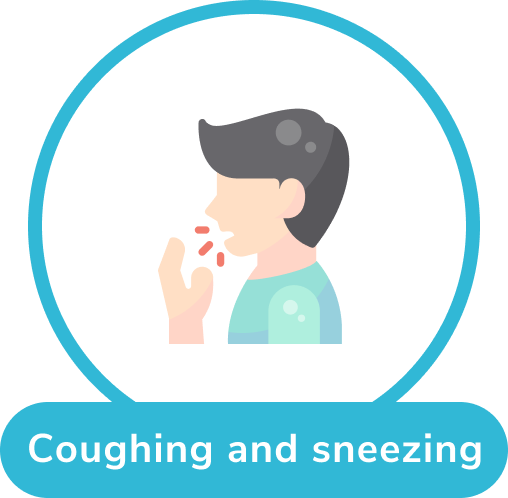

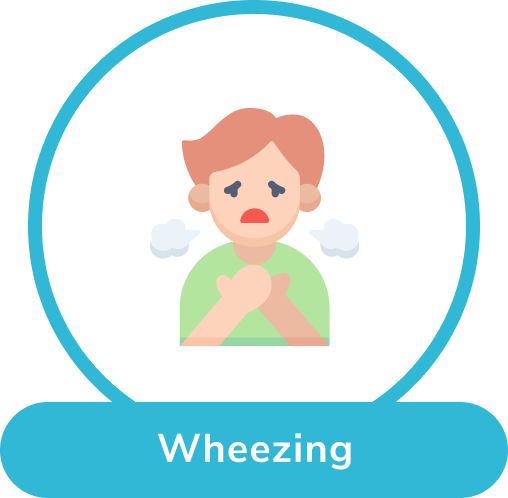

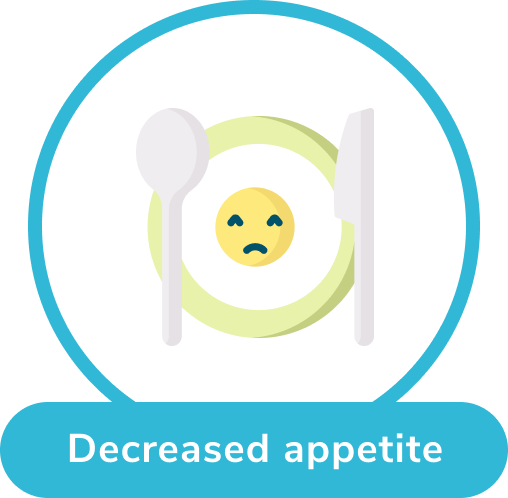
If Severe Symptoms present (in infants or older adults), hospitalisation may be required for proper treatment.
Severe RSV can be fatal for certain adults:

RSV spreads easily in crowded places. It can survive on surfaces for 4-7 hours and is transmitted through:

Direct contact with infected people.
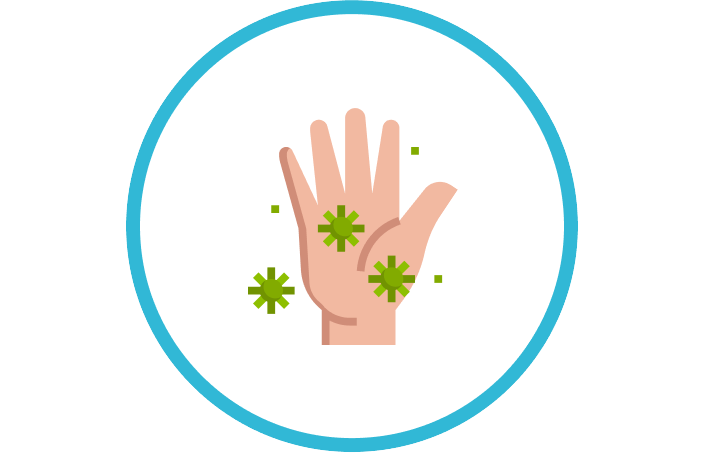
Touching contaminated objects or surfaces and then touching the face.
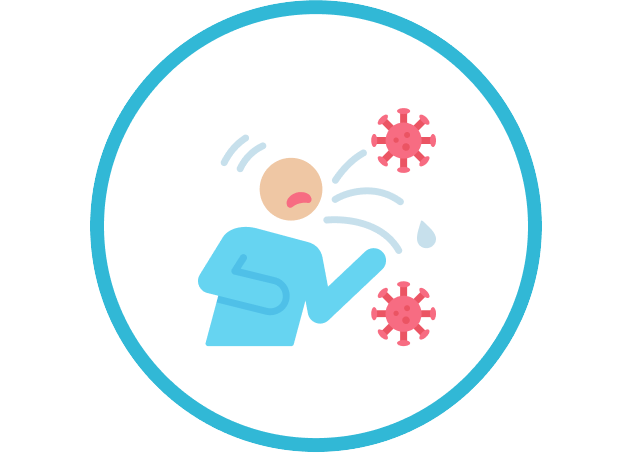
Airborne droplets from coughs or sneezes.


While anyone can get RSV, certain groups are at higher risk of developing severe symptoms:
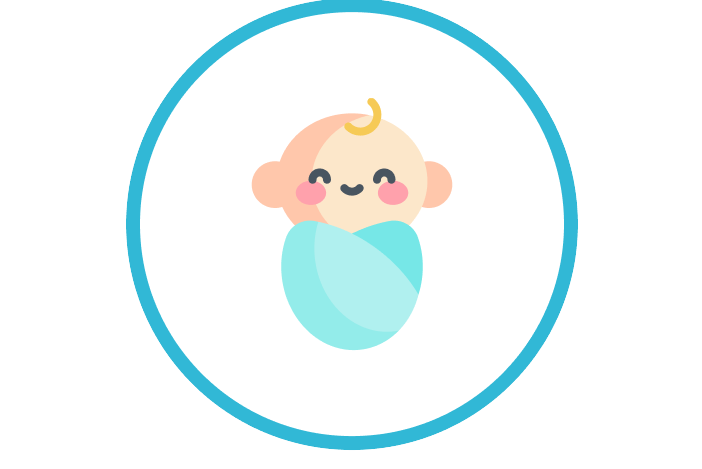
Infants under 12 months
(especially premature babies)

Children with lung infections
or heart conditions
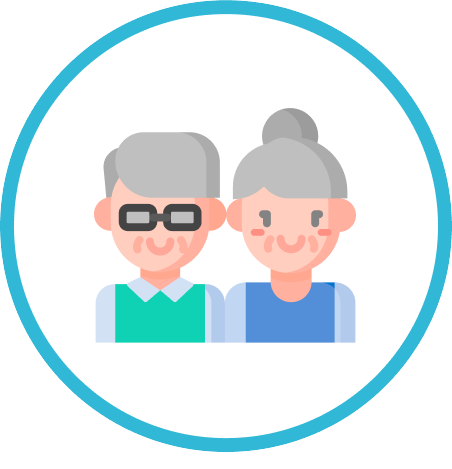
Elderly adults
(65 and older)

Individuals with weakened immune system
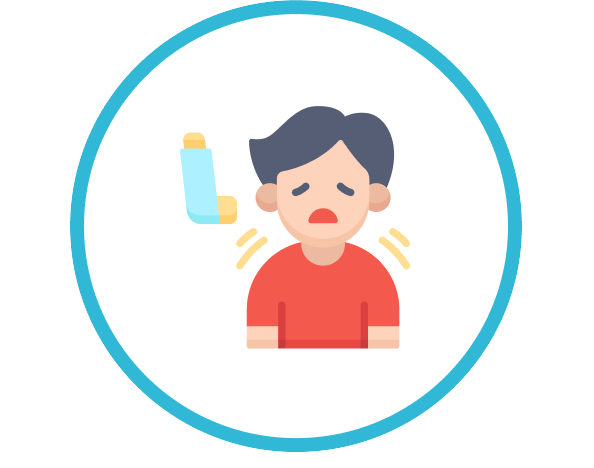
People with chronic respiratory illnesses like asthma or COPD

– Mr. Lim, a 72-year-old retiree with pre-existing COPD from Petaling Jaya.

– Mr. Lim, a 72-year-old retiree with pre-existing COPD from Petaling Jaya.
RSV is not just a childhood illness—it can be life-threatening for older adults,
especially those with pre-existing conditions like COPD, heart disease or diabetes.
Diagnosing RSV is critical in managing lung infections, especially for high-risk groups like infants, older adults and individuals with weakened immune systems. Early and accurate diagnosis can help healthcare providers determine the best course of treatment and prevent complications.
Testing for RSV is particularly important for:

RSV can cause severe respiratory infections like bronchiolitis or pneumonia in this age group.
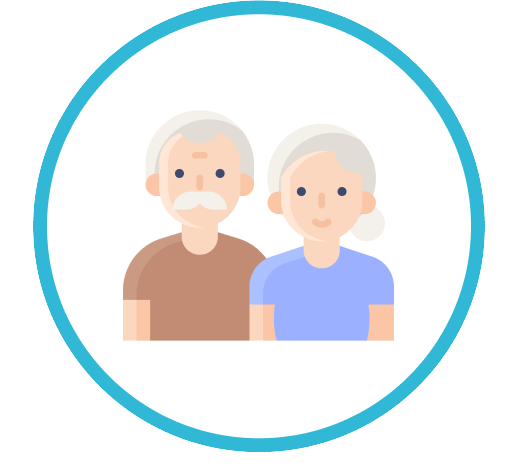
Those over 65, especially with chronic conditions like COPD or heart disease, are at higher risk for severe RSV.
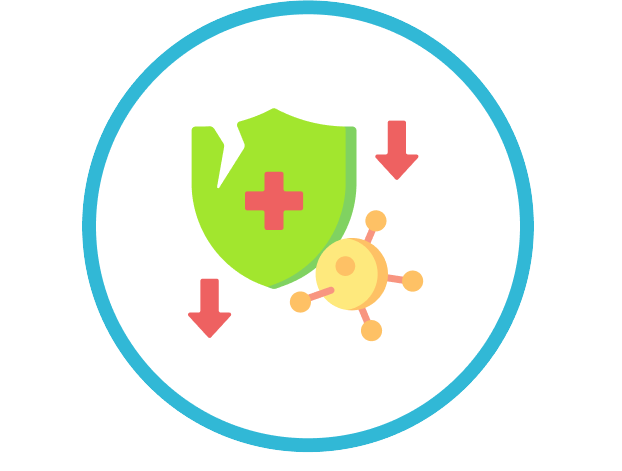
People with weakened immune systems are more likely to experience complications from RSV.
If you or a loved one experience severe symptoms—such as difficulty breathing, dehydration or a high fever—seek medical attention immediately. Early diagnosis can help prevent hospitalisation and serious complications.
If you or a loved one experience severe symptoms—such as difficulty breathing, dehydration or a high fever—
seek medical attention immediately. Early diagnosis can help prevent hospitalisation and serious complications.
Early diagnosis of RSV is crucial for:
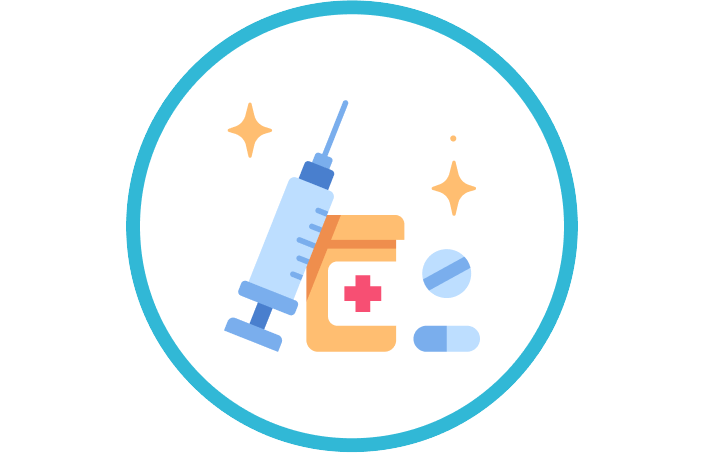
While there’s no specific cure for RSV, early diagnosis allows for supportive care, such as hydration, oxygen therapy or medications to manage symptoms.

dentifying RSV early helps isolate infected individuals and prevent the virus from spreading to others, especially in high-risk settings like daycare centres or nursing homes.
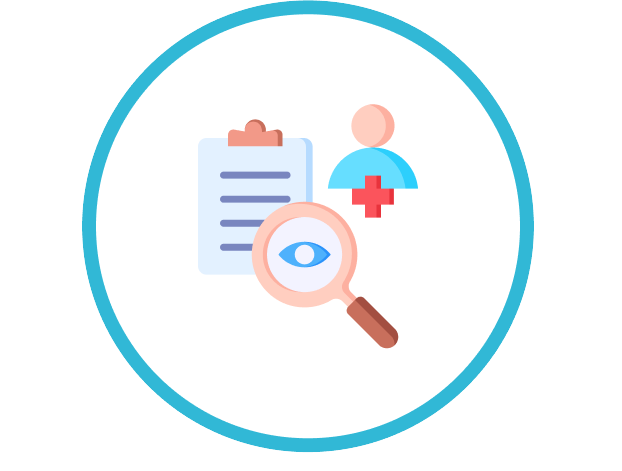
Infants, older adults and immunocompromised individuals may require closer monitoring or hospitalisation if diagnosed with RSV.
An RSV vaccine is available to help protect older adults from severe RSV infections.
Studies show:


Source: GlaxoSmithKline Pharmaceutical Sdn Bhd


Knowing when RSV is most common allows you to take steps to reduce your risk:


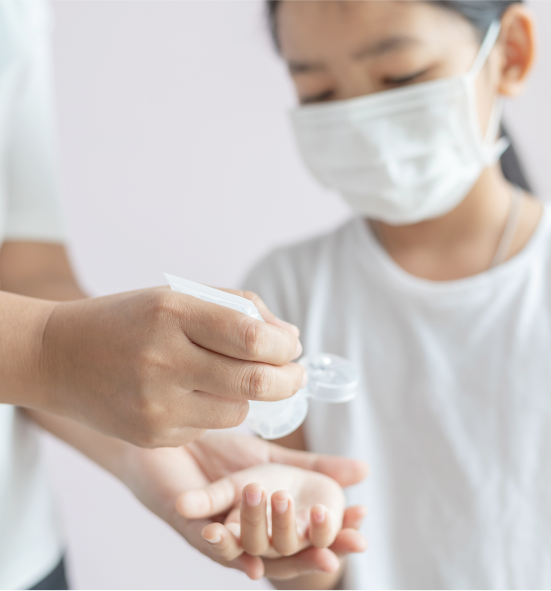

While respiratory syncytial virus can be mistaken for a common cold or COVID-19, its complications can be severe in high-risk individuals.
Luckily, it is also preventable and treatable.
By staying informed, practising good hygiene and getting the right vaccinations, the burden of RSV can be reduced to protect vulnerable populations.
If you or anyone you know shows signs of RSV or COVID-19, consult a doctor immediately—early intervention can make a difference! LifeCare also offers RSV vaccination shots, and consultations with our experts. Get a consultation today to stay healthy and live life to the fullest.
It protects from severe respiratory symptoms and reduces the risk of complications like pneumonia and bronchiolitis.
Recommended Population:
Recommended Interval: 1 dose
Pre-consultation needed.
RSV Infection: What You Need to Know
Respiratory Syncytial Virus (RSV) is a highly contagious virus that can cause mild to severe respiratory symptoms. While RSV is often mistaken for a common cold, it can be more serious, especially for older adults and those with underlying health conditions.
Symptoms of RSV
RSV symptoms can last up to two weeks and may include:
✔ Fever
✔ Runny nose
✔ Cough
✔ Sneezing
✔ Sore throat
✔ Wheezing
✔ Congestion
✔ Rapid or difficult breathing
✔ Headache
✔ Fatigue
✔ Cyanosis (bluish skin due to lack of oxygen)
RSV Risks for Older Adults
Adults aged 60 and above are at a higher risk of severe RSV infections, which can lead to hospitalization. RSV can also worsen existing conditions such as:
✔ Pneumonia
✔ Congestive heart failure (CHF)
✔ Asthma
✔ Chronic obstructive pulmonary disease (COPD)
Even after recovery, RSV may cause long-term effects, making daily tasks like eating, walking, and breathing more challenging.
Who Is at Higher Risk?
Older adults and those with health conditions like diabetes, COPD, heart disease, and asthma are more likely to be hospitalized due to RSV complications.
How to Prevent RSV
✔ Wash your hands regularly
✔ Avoid touching your face
✔ Keep distance from sick individuals
✔ Cover coughs and sneezes
✔ Clean and disinfect surfaces
✔ Stay home if you’re unwell
RSV Vaccination for Protection
A vaccine is available to help protect older adults from severe RSV infections. Studies show:
✔ 82.6% efficacy in preventing RSV-related lower respiratory diseases
✔ 94.6% efficacy in individuals with at least one underlying condition
Life Care Diagnostic Medical Centre Sdn. Bhd. 200401034597 (673106-V)
Bangsar South
WhatsApp: 0122343610
1st Floor, Wisma Lifecare,
No. 5, Jalan Kerinchi, Bangsar South,
59200 Kuala Lumpur
Cheras South
WhatsApp: 01127213620
19A-2 & 19B-2, Block E, Kompleks Komersil Akasa,
Jalan Akasa, Akasa Cheras Selatan,
43300 Seri Kembangan, Selangor
Operating Hour:
Monday – Friday: 8.00am – 5.00pm
Saturday: 8.00am – 1.00pm
Sunday & Public Holidays: Closed
